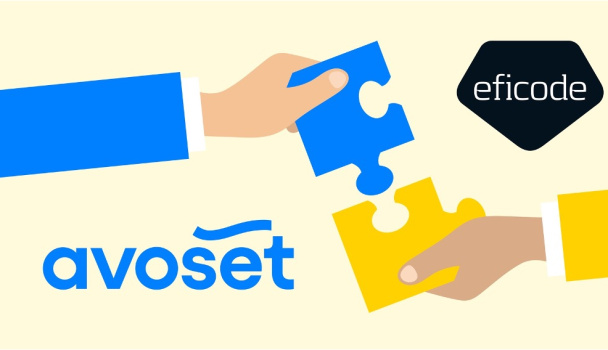Successful integration after acquisition – lessons learned

As an active investor and board member, Takeoff Partners’ Markko Vaarnas has seen many integrations first hand. The mergers of Global Intelligence Alliance (GIA) were educational in many ways and left Markko with valuable lessons on integrating after acquisition as well as during mergers.
The Finnish founded GIA successfully internationalized and offered services to multinational companies. Markko sees GIA’s international mindset and ambition as one of the key success factors in reshaping the global Market Intelligence industry. Before the company was acquired by M-Brain in 2014, the organization underwent mergers with the aim of internationalization.
In 2003, GIA merged with Mc3Intel with the intention of bringing the GIA offering to the North American market. This merger proved to be very educational, as some unforeseen challenges occurred. The core of the challenges was the difference in business models, cultures and strategies, as well as practical issues such as geographical distance and time zones. These are all important aspects to consider in integration processes, and in this case there wasn’t perhaps a strong enough strategy in place.
In late 2008, GIA integrated with several companies, expanding offices from 4 to 9. This time the mergers went more smoothly, as all the merging offices had been collaborating in the past. A lot of effort was put into the merger process in terms of strategy, systems, and an internal training program. An integration process with clear objectives and a timeline for completion helped keep the process on track.
A lot of focus was also put on communication – regular video calls were held, and merged companies had a representative in each of the tracks. The organizational model and architecture had clear outlines and practices, which were implemented in all of the nine offices. This time the integration was successful, and in a way, the earlier challenges had prepared the management for it.
Although the integration of GIA happened 10 years ago, Markko underlines how the lessons from it can be used on a wider scale – they apply to most organizations still today. One of the key factors, if not the most important one, is trust. Trust is built through honesty, transparency and excellent communication, all of which contribute to creating a common organizational culture.
As shown in the example of GIA, it’s important to ensure enough facetime between the key people, whether it is live or using a video communication tool. Collaboration needs to happen on all levels and between offices. A shared goal boosts this – it’s important to ensure that there is an exciting, shared vision and a strategy to get there. This works as a motivating factor. In special organizational situations such as integrations, the role of excellent leadership management is crucial. Leaders across the organization should share and show the same values and people need to be treated fairly.
Over the years, some communicational and management tools have developed and they help execution of integration processes. The basic principles of how companies integrate successfully, however, come back to the key factors trust, collaboration and leadership, in the past, now and most likely in the future.






